Introduction
The landscape of B2C e-commerce is constantly evolving, with businesses striving to forge direct connections with their customers through sophisticated online platforms. This article explores the complexities of the B2C model, highlighting the importance of data-driven strategies, personalized user experiences, and the ability to adapt in an ever-changing digital landscape. From understanding consumer behavior to leveraging predictive analytics, this article delves into the key characteristics of B2C e-commerce and the strategies that drive growth.
Additionally, it examines how B2C principles can influence B2B growth, the shift in consumer buying behavior, the importance of omnichannel shopping, and the role of content marketing in enhancing engagement. With case studies and real-world examples, this article provides actionable insights for businesses looking to thrive in the dynamic world of B2C e-commerce.
Understanding B2C E-commerce Solutions
The landscape of B2C e-commerce is ever-evolving, with businesses striving to forge direct connections with their customers through sophisticated online platforms. This digital marketplace is not merely about transactions; it's about crafting a seamless and engaging shopping experience for the end consumer. With a spotlight on the customer journey, from discovery to post-purchase, the emphasis has shifted to creating a cohesive narrative that resonates with the consumer psyche.
In the realm of telehealth, companies like Lemonaid Health illustrate the complexity of the B2C model, grappling with diverse customer acquisition costs and the nuances of paid media strategies. Their challenge underscores the need for a data-driven stance, especially in sectors where service offerings are extensive and consumer interactions are multifaceted.
Meanwhile, the retail industry demonstrates the power of predictive analytics. Take, for instance, the case of Filson, which employed a custom forecasting model to predict e-commerce sales with remarkable accuracy. This not only showcases the potential of custom development for operational forecasting but also the importance of understanding the dynamics of consumer behavior and market trends.
With startups at the forefront of e-commerce innovation, the sector is ripe with examples of how partnerships can spur growth. Amazon's Great Indian Festival sale and Flipkart's support for entrepreneurs exemplify the vigor of online marketplaces and the opportunities they present for businesses to connect with consumers.
A data-centric approach is pivotal, as evidenced by the insights from J.P. Morgan, which highlight the importance of structured analysis to comprehend the mechanics driving the B2B digital economy. This analytical lens is essential for B2C enterprises seeking to navigate the intricacies of digital commerce.
The success of B2C e-commerce hinges on the ability to offer personalized, trouble-free checkout experiences and to leverage digital platforms that not only address customer challenges but also anticipate future needs. As Scott Rigby from Adobe suggests, focusing on the next step experiences is crucial for sustained growth.
In summary, understanding B2C e-commerce solutions is not just about selling online; it's about mastering the consumer-to-business dynamics, harnessing data analytics, customizing user experiences, and staying agile in an ever-changing digital landscape.
The Shift in Consumer Buying Behavior
Digital technology has revolutionized the way consumers shop, creating a new era where information and options are abundant. The proliferation of smartphones and social media platforms has not only increased accessibility but also heightened consumer expectations for a frictionless online experience, tailored interactions, and effortless purchasing processes. The retail landscape is witnessing the emergence of AI and machine learning, significantly impacting consumer buying behavior.
For instance, Zara, a leading fashion retailer, has integrated AI throughout its business operations, from supply chain management to enhancing customer engagement, setting a new standard in the industry.
Observing consumer trends, there's a noticeable pivot towards social commerce and a growing emphasis on sustainability and ethical business practices. These factors are reshaping the shopping experience in the post-digital age. Recent research reveals consumers' concerns about personal finances amid inflation, although the apprehension has decreased in the past year.
It's crucial for brands and retailers to understand these evolving parameters and adapt their strategies accordingly.
The global e-commerce market is on an upward trajectory, with Europe and the United States contributing significantly to its growth. The sector is expected to surge by 64.69% from 2023 to 2027, reaching a staggering $6.34 trillion. Such expansion underscores the importance of e-commerce and omnichannel strategies, which ensure a seamless customer journey from the first online touchpoint to post-purchase interactions.
As retailers navigate this dynamic environment, they must leverage technology to maintain relevance and drive growth in the digital economy.
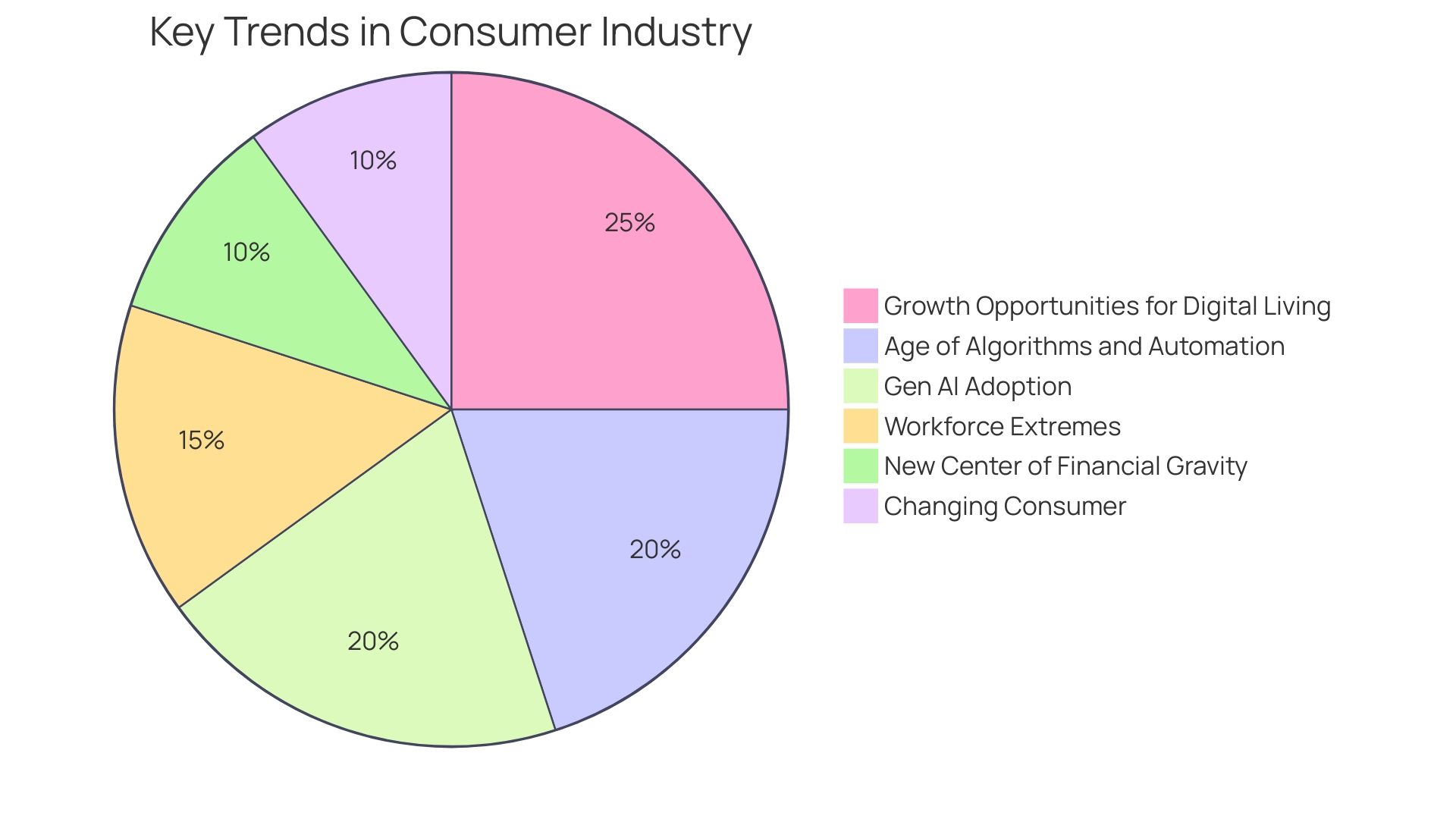
Key Characteristics of B2C E-commerce
B2C e-commerce uniquely addresses the preferences and behaviors of individual consumers by offering a tailored shopping experience. Unlike B2B transactions, B2C sales typically involve less volume but higher frequency of purchases, necessitating dynamic marketing and distribution strategies. The success of B2C platforms lies in marketing that resonates with consumers on a personal level, as well as in providing an intuitive and pleasant user interface that simplifies the purchasing process.
Personalization in marketing and the customer journey is paramount, as seen in cases where products, like those in fragile packaging or requiring firsthand experience, don't translate well to online sales without a strategy that addresses these specific challenges. As e-commerce continues to evolve, innovations from startups and strategic partnerships are shaping the future of online consumer interactions. Noteworthy is the growth in India's e-commerce landscape, where empowered entrepreneurs utilize platforms like Flipkart to innovate and expand their reach, signaling the importance of supportive ecosystems in B2C success.
The structure of e-commerce is vast and diverse, spanning 14 distinct markets, including everything from beverages to household essentials. This expansion allows businesses to offer a wide array of products and services to a global audience. However, the operational side should not be overlooked, as pivoting from traditional retail to direct-to-consumer models requires a robust operational foundation to ensure seamless supply chains and order fulfillment.
Emphasizing a comprehensive approach to e-commerce, from operational readiness to customer-centric marketing, enables businesses to grow and adapt in a competitive digital economy.
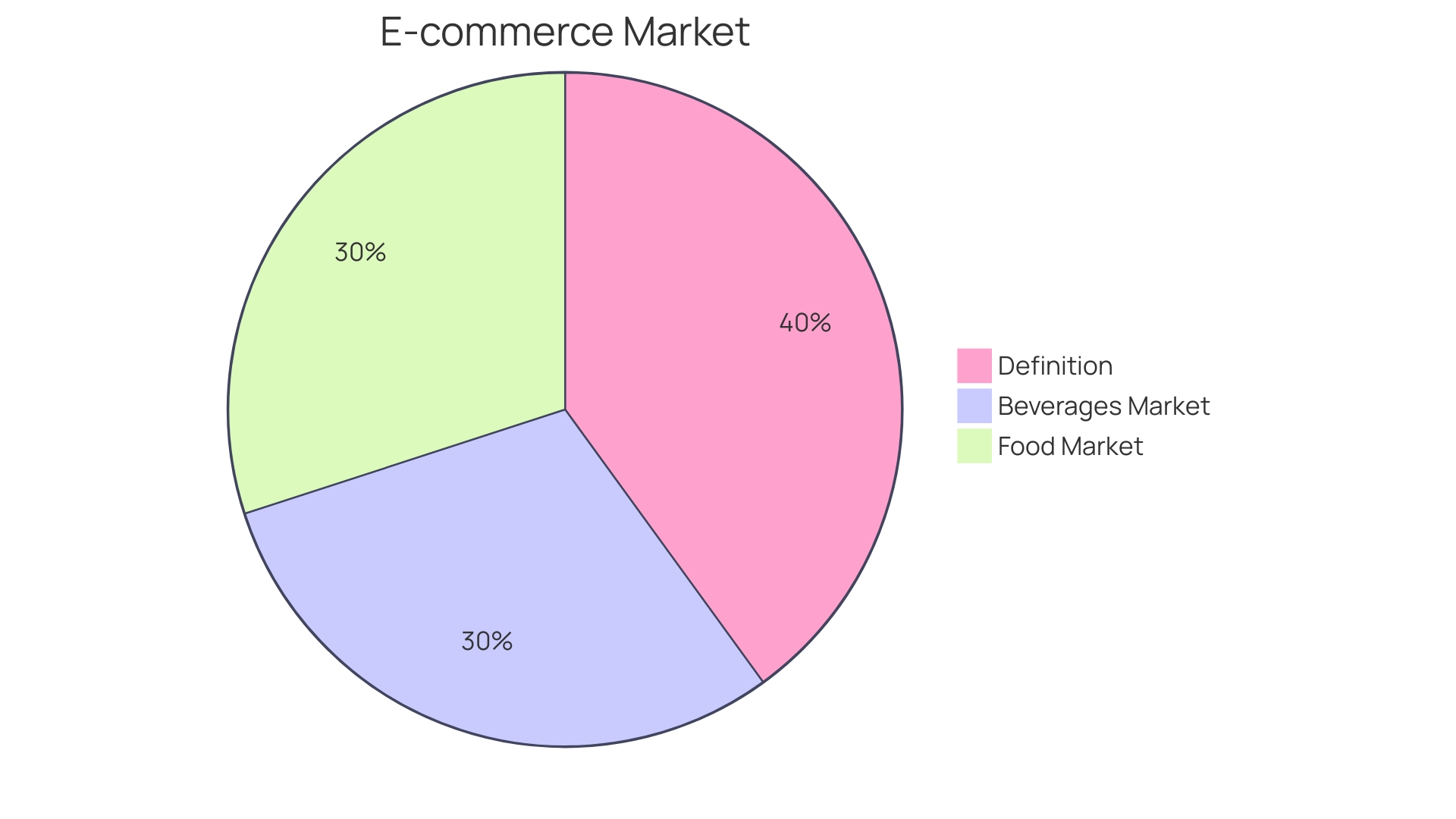
Applying B2C Principles to Drive B2B Growth
Understanding that B2C e-commerce strategies can significantly influence B2B growth is pivotal for modern businesses. Particularly, the concept of personalization transcends the divide between B2C and B2B sectors. For instance, just as consumers in the B2C domain expect a personalized shopping experience, B2B buyers value when vendors understand and cater to their unique needs.
Lemonaid Health, a telehealth company, exemplified this when facing the challenge of a fragmented media strategy due to an array of services with disparate customer acquisition costs. By refocusing their approach to emphasize simplicity and customer-centric solutions, they began to address their clients' specific challenges more effectively.
In the broader e-commerce landscape, companies like Avnet have implemented tools such as Design Hub to provide a one-stop digital solution for engineers, thereby personalizing the procurement process. Similarly, Amazon India's Great Indian Festival demonstrates how a tailored approach to sales events can resonate with a diverse consumer base, offering personalized deals across a spectrum of products.
Adopting a growth loop strategy, akin to a self-sustaining flywheel, is crucial for companies aiming to foster sustainable growth. As opposed to the traditional linear funnel process, a growth loop emphasizes the continual reinvestment of outputs back into the system, creating a cycle of acquisition, monetization, and retention. This approach aligns with the notion that a company's growth strategy should be defensible and sustainable, rather than relying on short-term 'growth hacks.'
Moreover, data-driven insights offer a roadmap for the future of the B2B digital economy. Key decision drivers and the integration of AI-driven commerce are poised to reshape B2B interactions in ways that are currently hard to predict. Personalizing email campaigns and segmenting customer lists, as highlighted by industry experts, can significantly improve a business's reach and effectiveness in addressing the varied priorities of B2B clients.
From an industry-wide perspective, e-commerce is a burgeoning sector encompassing everything from beverages and food to tobacco products and household essentials. Its growth enables businesses to connect with customers globally, fostering innovation and driving sales. For B2B marketers, understanding and leveraging these consumer-focused strategies can lead to a more nuanced and successful engagement with their own clients.
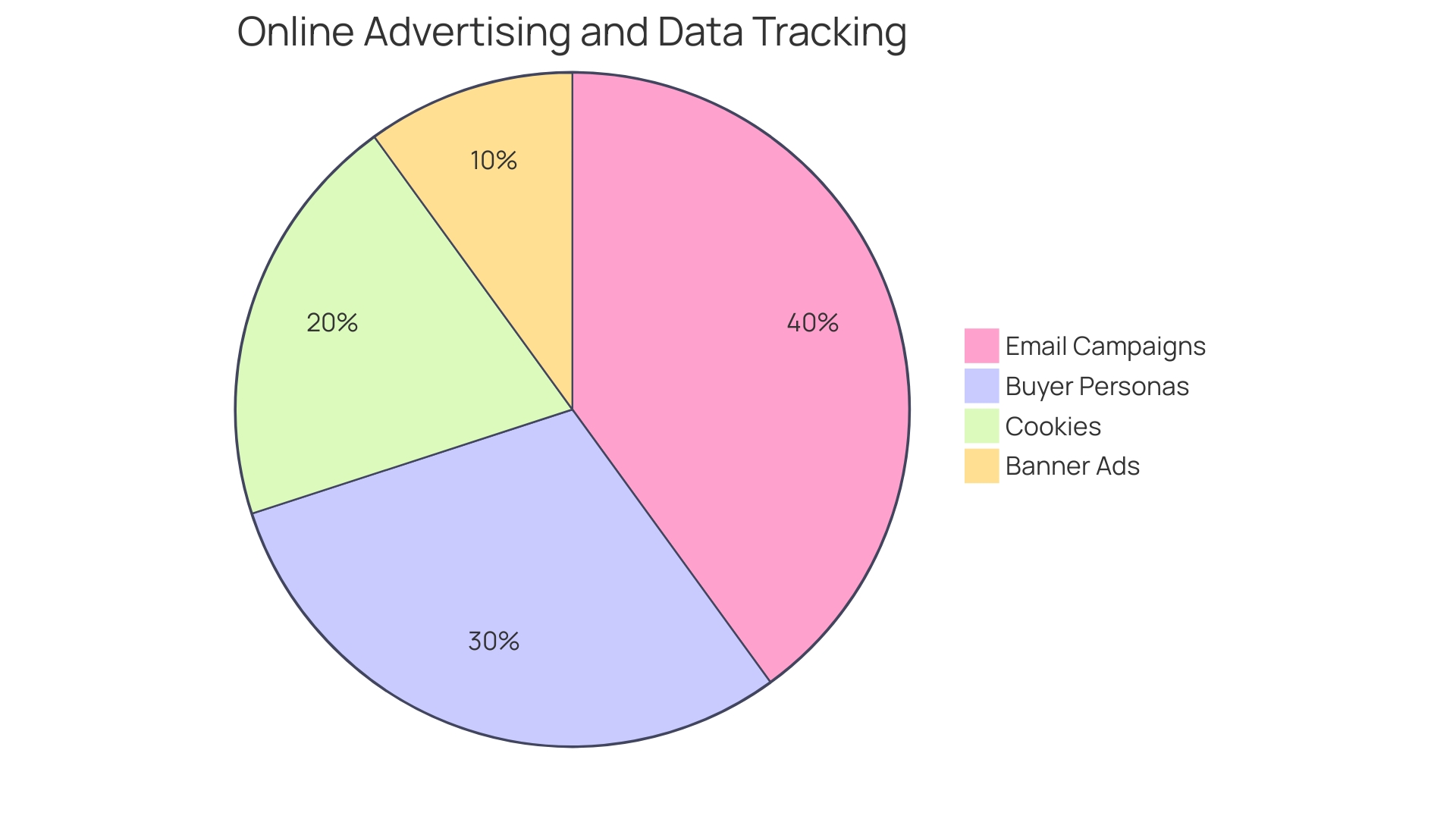
Creating a Seamless Online Experience
In the realm of B2C e-commerce, the crux of success hinges on the fluidity and seamlessness of the online shopping experience. The digital storefront must not only be visually engaging but also perform with swiftness and agility, ensuring rapid loading times that keep pace with the brisk clicks of the consumer. The user interface should be intuitive, guiding shoppers through the digital aisles with ease and simplicity.
Equally imperative is the optimization for mobile devices, as statistics indicate over half of consumers would bypass a brand with a subpar mobile site. With mobile sites that load in two seconds or less boasting a 15% higher conversion rate, the importance of mobile responsiveness cannot be overstated. Moreover, 74% of users are inclined to revisit mobile-friendly sites, with 67% more likely to make a purchase.
Retail companies are leveraging AI to curate personalized shopping experiences, capitalizing on the fact that customers are willing to pay a premium for exceptional service. AI-driven conversational commerce, through chatbots and virtual assistants, offers real-time personalized assistance, a strategy that Burberry has adeptly integrated into their online presence.
In the competitive tapestry of e-commerce, the inclusion of diverse payment options also plays a pivotal role in maintaining high conversion rates. The digital transaction between business and customer must be frictionless, with the ability to choose from credit or debit cards, digital wallets, mobile payments, and more. The clarity and accuracy of product images further enrich the shopping experience, as demonstrated by a leading European e-commerce platform that revolutionized their product imaging system to enhance user experience and search result quality.
Retailers are rapidly adopting a unified approach to inventory visibility, understanding that a single real-time view across all network nodes is essential. This omnichannel capability enables customers to shop in a store and have items delivered to home, or pick up in a neighboring store with ease, as underscored by the evolution of digital commerce strategies.
Ultimately, businesses that fail to adapt to the evolving digital commerce ecosystem are at risk of being left behind. A digitally targeted approach can attract new customers, increase sales and lifetime value, and produce a more profitable journey. As the e-commerce landscape continues to innovate, with startups leading the charge, companies must embrace these advancements to thrive in the dynamic online marketplace.
The Importance of Personalization and Data-Driven Insights
In the realm of B2C e-commerce, the art of personalization has become the linchpin for success, transcending beyond mere marketing tactics to form the core of customer interactions. Innovative retailers such as Zara have set benchmarks by integrating artificial intelligence throughout their operations. By leveraging AI and RFID technology, Zara has achieved a Just-Intelligent supply chain, optimizing inventory and responding to consumer demands with agility.
Personalization is not just about understanding consumer behavior; it's about fostering a customer-centric culture. As noted by industry insiders, the use of simple yet powerful tools like browser cookies can transform the shopping experience. These tools create a digital memory of user preferences, leading to more meaningful recommendations and individualized communication strategies.
The significance of personalization is further illustrated during high-traffic events like Amazon India's Great Indian Festival, where tailored promotions and product recommendations are crucial in navigating the sea of discounts and offers. It's clear that businesses that recognize and anticipate customer needs, much like a barista who remembers your regular coffee order, can differentiate themselves in a saturated market.
This approach is substantiated by the evolution of the barcode system, which transitioned from mere inventory tracking to a sophisticated tool for guiding customer purchasing patterns. Modern businesses that prioritize every decision and interaction with a personalized touch are the ones that create lasting connections with their consumers. It's the intimate understanding of a customer's preferences, needs, and even unexpressed desires that fosters loyalty and positions a brand as genuinely customer-focused in the digital age.
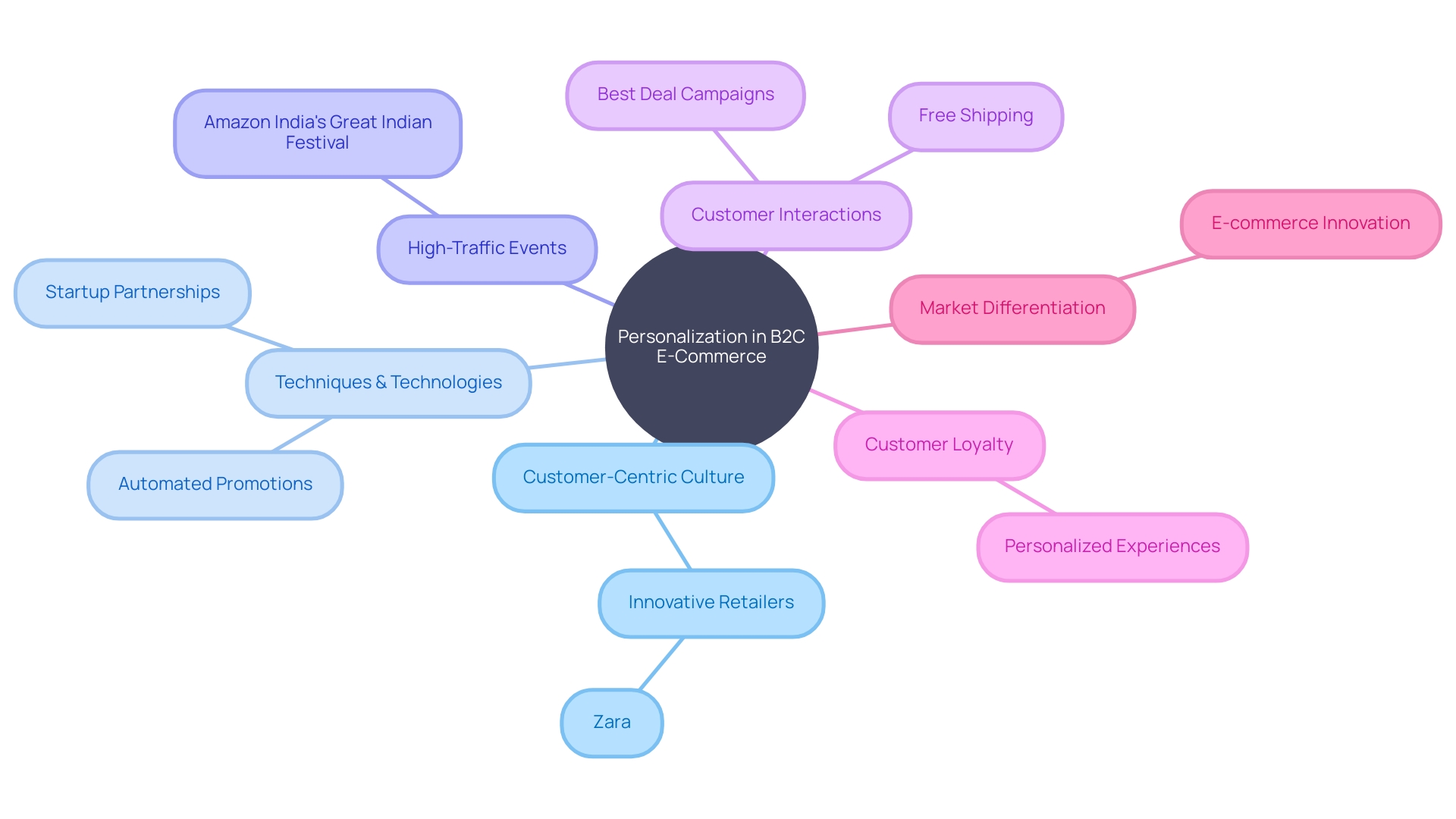
Omnichannel Shopping: Anytime, Anywhere
Omnichannel commerce has become a cornerstone of modern B2C e-commerce, focusing on creating a unified and cohesive shopping experience for customers across all available purchasing avenues. The essence of omnichannel retailing is to ensure consumers receive consistent service, be it online or offline, through various platforms such as websites, mobile applications, social media, and physical storefronts.
Today's consumers expect the flexibility to shop on their terms, which means businesses must adapt to facilitate shopping journeys that might start on a smartphone, continue on a desktop, and perhaps conclude in a physical store. A key part of this approach is synchronizing inventory, pricing, and promotions so that customers are met with uniformity, no matter how they engage with a brand.
Retailers like MediaMarkt exemplify this approach by integrating their vast network of physical stores with their digital presence. They recognize that while the in-store experience remains vital, a significant portion of consumer research and decision-making takes place online. This trend has only been accentuated by recent shifts in consumer behavior, where online shopping has become even more prevalent.
In light of these changes, events such as Amazon India's Great Indian Festival and Aliexpress's 11.11 Global Shopping Festival illustrate the potential of omnichannel strategies to drive sales. These events leverage both the excitement of in-person shopping and the convenience of online transactions to deliver a memorable shopping experience that attracts and retains customers.
The omnichannel approach is more than just a trend; it's a strategic imperative that's being employed by leading retailers globally. This strategy not only enhances customer satisfaction but also serves as a catalyst for business growth, as evidenced by the seamless experiences provided by companies that skillfully merge their online and offline worlds.
Optimizing Content for Enhanced Engagement
Navigating the digital world requires a keen understanding of how to capture and maintain consumer attention, especially in the B2C e-commerce sector. To resonate with a diverse consumer base, including the tech-savvy millennial demographic, businesses must develop content that is not only succinct but also visually compelling and interactive. This requires a multi-platform approach that encompasses websites, social media, and email campaigns.
The art of content creation lies in its ability to echo the consumers' interests, thus fostering deeper engagement, building brand loyalty, and increasing sales. For instance, Lemonaid Health's straightforward tagline, 'Healthcare. Refreshingly Simple.
', encapsulates their mission and has been a cornerstone in addressing complex challenges within the telehealth industry. Similarly, Filson's adoption of a customizable forecasting model for e-commerce sales illustrates the power of data-driven strategies in predicting market trends with precision. As the retail landscape evolves, integrating dynamic content strategies becomes essential to stay ahead of consumer behavior shifts, as emphasized by Keith Kirkpatrick of The Futurum Group.
Furthermore, Kantar's insights from their Retail Media Networks Study reveal an industry-wide recognition of retail media's pivotal role in future investments, signifying the importance of informed content marketing in a rapidly changing e-commerce environment.
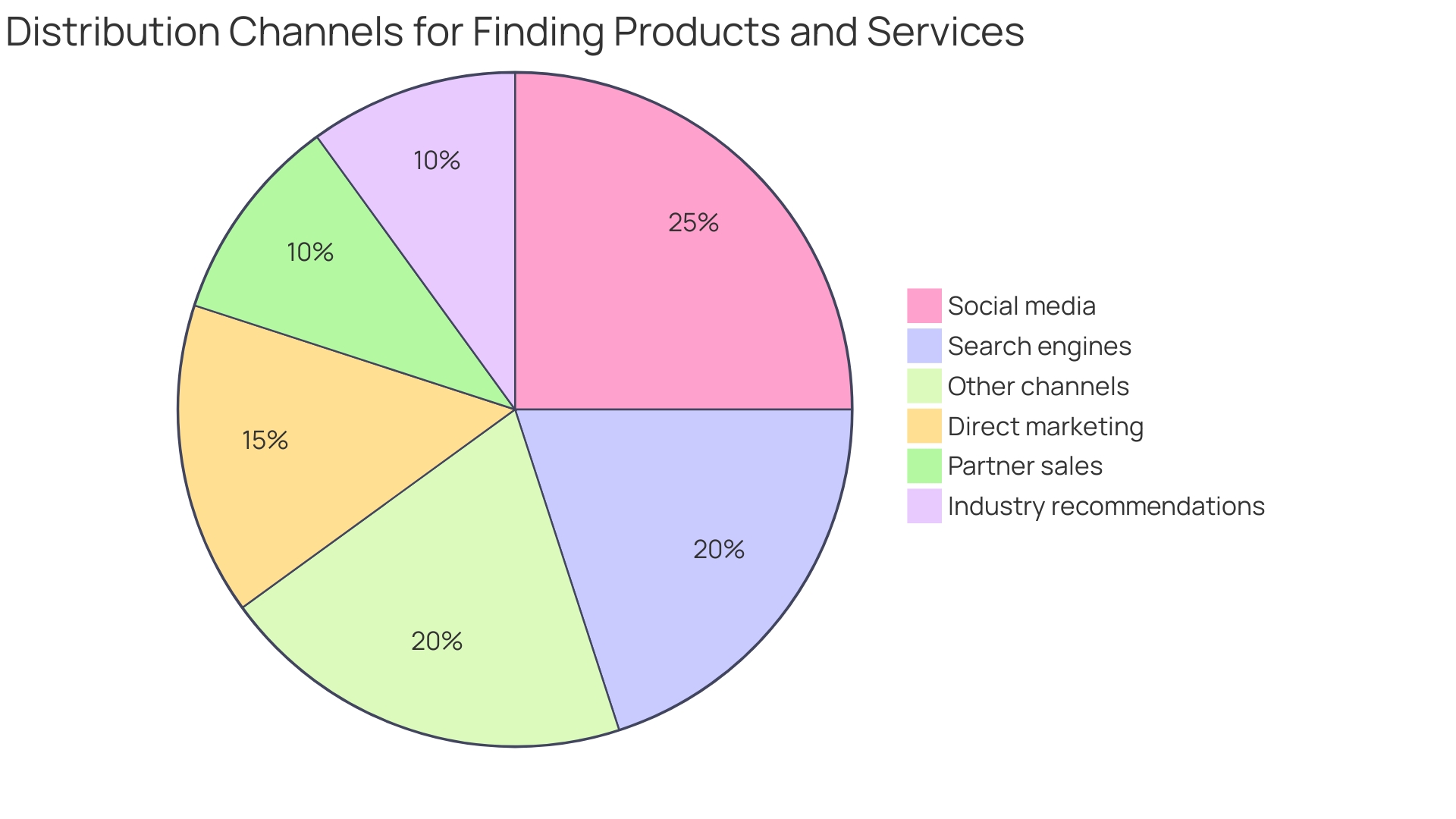
Post-Sales Service and Customer Satisfaction
Continued commitment to customer satisfaction is a defining feature of successful B2C e-commerce ventures. It's essential to not only meet but exceed customer expectations throughout their journey, especially after the sale. Seamless order fulfillment, straightforward return and exchange policies, and attentive customer support are critical.
Personalized follow-ups can further solidify brand loyalty and trust. With efficient post-sales service, businesses can inspire repeat business and amplify their reputation through positive word-of-mouth.
-
Importance of a Clear Return Policy: A transparent and comprehensive return policy is paramount as a considerable percentage of online purchases are returned. By ensuring that customers understand the procedure for refunds or store credits, businesses can alleviate purchasing anxieties, encouraging more confident buying decisions.
-
Customer Service Quality: Exceptional post-sales service is rooted in the quality of customer interactions. Whether it's through the ease of navigating an issue or the pleasant nature of the interaction, these elements contribute significantly to customer retention and overall satisfaction.
-
Customer Experience Management (CEM): In the expanding field of CEM, valued at USD 12.04 billion, companies are investing in understanding and improving every customer touchpoint. This investment reflects the understanding that customer loyalty and the bottom line are directly influenced by the quality of customer experience.
-
Innovative Service Models: Subscription-based business models highlight the importance of ongoing customer engagement. By prioritizing customer autonomy in managing their subscriptions, businesses can ensure a smooth, continuous relationship that doesn't require excessive intervention.
-
Post-Acquisition Value (PAV): By focusing on PAV, businesses can track the long-term worth of a customer beyond their initial purchase. This metric underscores the importance of nurturing customer relationships to drive sustainable growth.
Case studies and industry news reflect these priorities. For instance, Avnet's Design Hub serves as a digital self-service tool that underscores the importance of an integrated, customer-centric digital experience. Similarly, major sales events like Amazon's Great Indian Festival demonstrate how enhanced customer experience can lead to significant market engagement.
The inspiring entrepreneurial stories from Flipkart's platform also highlight the innovation and customer focus that drives e-commerce success.
In conclusion, it is clear that the post-sales experience is an integral part of the customer journey. By paying attention to these details and implementing strategic customer service initiatives, businesses can foster lasting customer relationships, enhance their reputation, and drive growth.
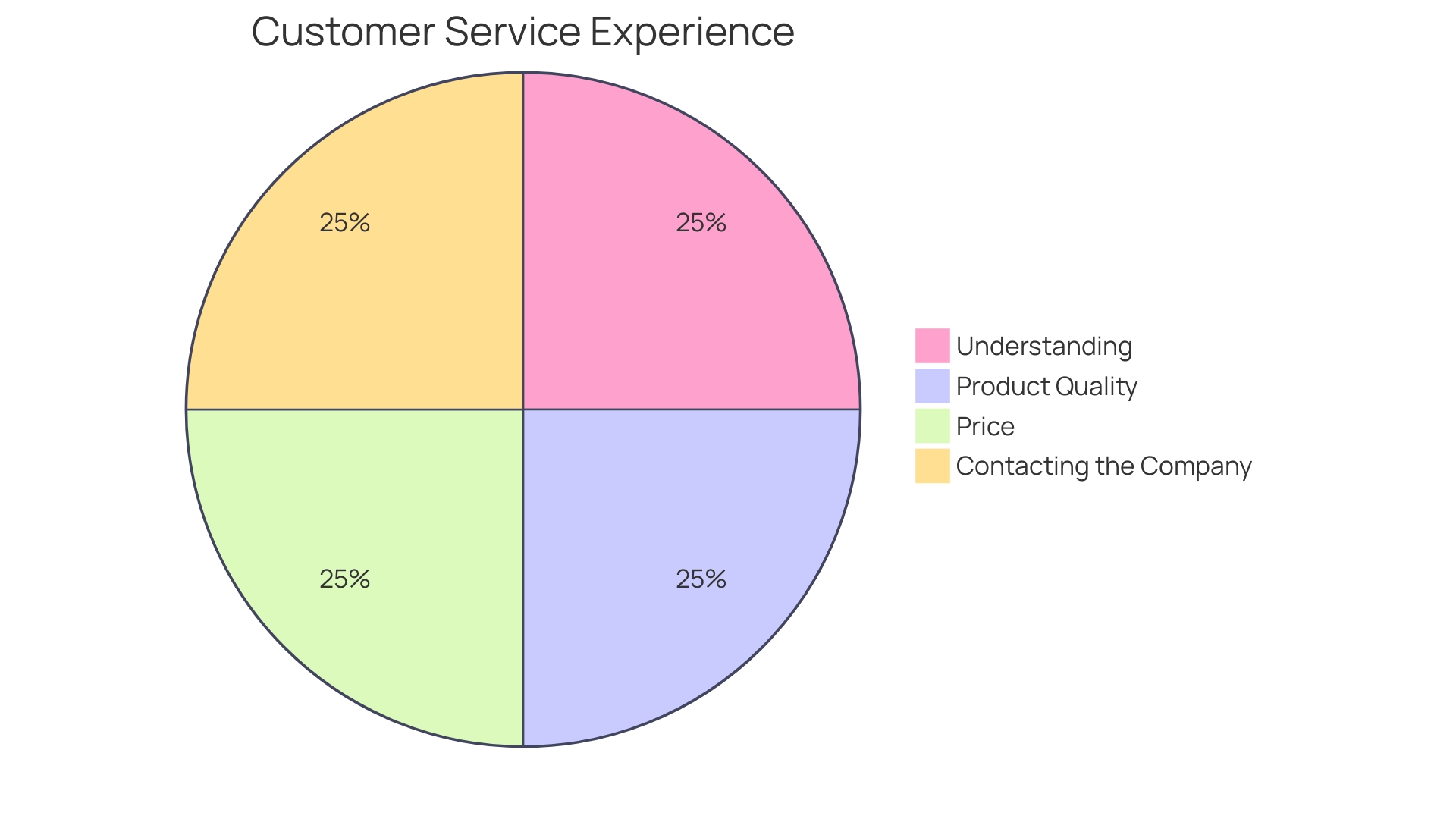
Effective Marketing Strategies for B2C-Influenced B2B
Embracing a B2C mindset within the B2B world, companies are now adopting strategies that have been successful in engaging individual consumers to enhance their B2B marketing efforts. Social media marketing, influencer partnerships, and engaging content are no longer exclusive to the B2C realm. For instance, a hotel company looking to increase bookings integrated essential tools such as Google Analytics and Facebook Pixel, allowing for a tailored approach in their advertising strategy, resulting in more effective PPC campaigns.
Similarly, Uberflip, a B2B marketing software provider, has shaken up the industry norms by incorporating vibrant pink into its branding—a stark contrast to the conventional corporate colors. This bold move has made their presence unmissable during events with their pink booths and attire, demonstrating the impact of B2C branding tactics in a B2B context.
Moreover, personalized marketing has become increasingly important. With insights from first-party data collection, businesses can focus their marketing strategies on educational content or product-specific information depending on where the potential clients are in the marketing funnel. The use of AI is further streamlining B2B digital marketing, making it more efficient by automating tasks and providing data-driven insights for better targeting and personalization.
Understanding your audience is key. For a software company, identifying decision-makers such as IT Directors, Marketing Managers, or Salespersons is crucial for successful lead generation and conversion strategies. By asking the right questions and focusing on the most impactful conversion points—whether that's offering free trials, quotes, or demos—businesses can maximize the value derived from each lead.
Incorporating human elements into marketing campaigns is also becoming an influential trend. As the saying goes, 'the most human brand wins,' and putting a face to a brand can significantly enhance its relatability and trustworthiness. Lemonaid Health, a telehealth company, exemplified this by simplifying their message with the tagline 'Healthcare.
Refreshingly Simple,' making it more accessible and appealing to their audience.
In conclusion, by taking a page out of the B2C playbook and applying it to B2B marketing, businesses are not only increasing their brand awareness but are also generating more qualified leads through a more engaging and relatable approach.
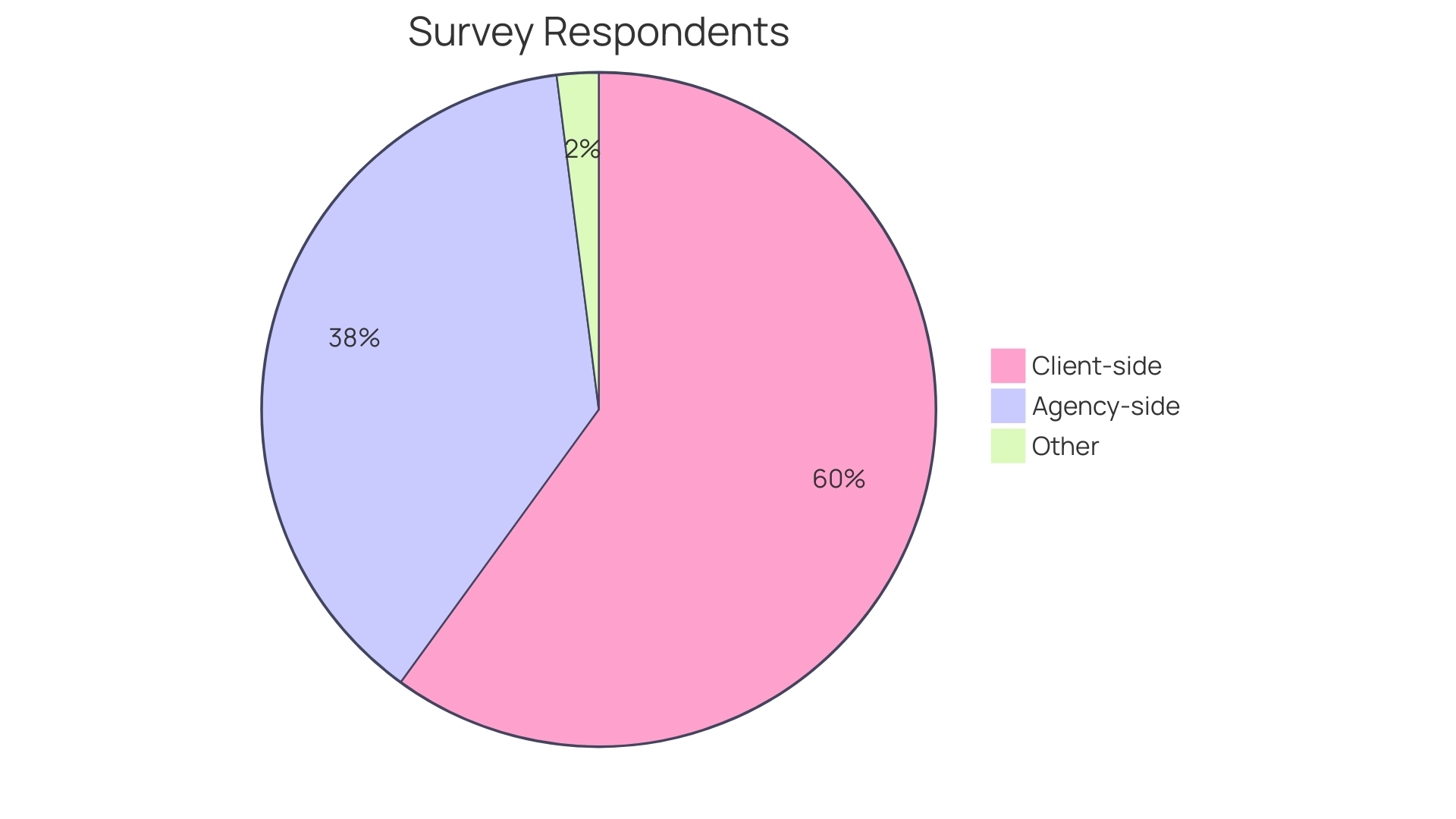
Enhancing User Experience and Trust
The user experience (UX) is the cornerstone of B2C e-commerce success. It encompasses more than just aesthetics; UX determines how easily customers can navigate a site, find product information, and complete purchases. An intuitive interface, coupled with clear product details and a straightforward checkout process, fosters customer satisfaction.
Moreover, transparency in pricing and customer reviews plays a pivotal role in establishing trust. For example, pricing disparities and complex quotation systems can deter customers, as seen in the courier industry where straightforward pricing tools are becoming a competitive edge. Additionally, ensuring customers receive immediate confirmation and reassurance after a transaction can alleviate anxiety and enhance the overall experience.
To truly understand the influence of UX design, one must recognize the power asymmetry between designers and users. Designers wield knowledge of psychology and persuasion techniques, which can shape user behavior. However, the ultimate goal should be to serve the user, not just drive business outcomes.
The evolution of UX is continuous, adapting to changing user preferences and behaviors, which means that UX design is never a one-time endeavor. This ongoing process is crucial as mobile UX becomes increasingly important, with over 50% of internet traffic originating from mobile devices and statistics showing that a mobile-friendly site can significantly increase the likelihood of return visits and purchases.
A superior mobile experience not only encourages repeat business but can also elevate a brand's reputation. Businesses that ignore the significance of mobile UX risk losing more than half of potential customers to competitors with better-designed mobile sites. In an era where users favor performance over elaborate design, a mobile site that loads quickly can lead to a 15% higher conversion rate.
Therefore, prioritizing UX in e-commerce is not just about creating a user-friendly interface; it's about building a digital environment that engenders loyalty and drives sustained sales growth.
Case Studies: Successful Implementation of B2C Mindset in B2B
Real-world business stories offer an abundance of lessons, particularly when it comes to integrating B2C strategies into B2B e-commerce. Take Vishal Sheth of Battery Mate, for instance. His entrepreneurial journey from a garage-based startup to an industry leader showcases the power of e-commerce innovation.
With a humble beginning and over 5,000 items now in their catalog, Battery Mate's growth was fueled by a keen understanding of consumer needs and a commitment to operational agility.
Similarly, Zara's strategic application of AI throughout its operations, from inventory management to customer engagement, reflects a deep appreciation for personalization and prompt service—hallmarks of B2C commerce. Zara's Just-In-Telligent system epitomizes the seamless integration of technology to maintain a competitive edge.
These case studies underscore the significance of using data-driven insights to tailor experiences, anticipate market trends, and respond to consumer behavior. Such approaches are no longer exclusive to B2C; they are increasingly crucial in B2B environments where customer expectations mirror those of individual consumers.
As e-commerce continues to evolve, stories like these not only provide inspiration but also offer actionable tactics for businesses aiming to blend the best of B2C practices into their B2B e-commerce strategies, enabling them to achieve growth and success in an ever-changing digital landscape.
Conclusion
In conclusion, B2C e-commerce is a rapidly evolving landscape that requires businesses to adopt data-driven strategies, prioritize personalized user experiences, and remain adaptable in the ever-changing digital environment. Understanding consumer behavior and leveraging predictive analytics are key characteristics of successful B2C e-commerce.
The shift in consumer buying behavior, driven by digital technology, has led to increased expectations for seamless online experiences, tailored interactions, and effortless purchasing processes. Businesses must adapt to these changes and embrace AI, machine learning, and sustainability practices to stay competitive.
Omnichannel shopping has become essential in providing a unified and cohesive experience for customers across various platforms. Personalization and data-driven insights are crucial in capturing and maintaining consumer attention, while a seamless online experience, including mobile responsiveness and diverse payment options, enhances customer satisfaction.
Post-sales service and customer satisfaction are critical for fostering lasting relationships and driving growth. Transparent return policies, exceptional customer service, and innovative service models contribute to customer loyalty.
The B2C mindset can significantly influence B2B growth, as personalized marketing, understanding the target audience, and incorporating human elements have proven effective in engaging B2B clients. Enhancing user experience and trust through intuitive interfaces, transparent pricing, and mobile responsiveness is key in both B2C and B2B contexts.
Real-world case studies highlight the successful implementation of B2C strategies in B2B e-commerce, emphasizing the importance of data-driven insights, personalization, and prompt service.
In summary, businesses must embrace the complexities of B2C e-commerce by adopting data-driven strategies, prioritizing personalized user experiences, and remaining adaptable. By incorporating B2C principles, businesses can drive growth, enhance customer satisfaction, and thrive in the dynamic world of e-commerce.





